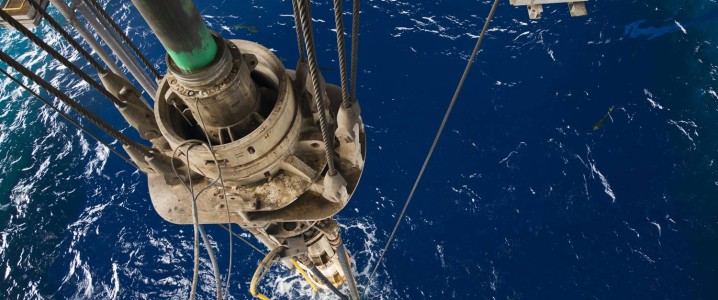
OPEC+ will conclude its largest production cut next month after agreeing to increase output by 547,000 barrels per day (bpd) in September. This decision, made at a meeting over the weekend, aligns with market expectations and reflects the group’s ongoing adjustments to its production policy. The coalition of OPEC and non-OPEC producers, led by Saudi Arabia and Russia, has indicated that future production adjustments remain possible, leaving analysts and market watchers speculating about the next steps.
The group of eight major OPEC+ producers confirmed their commitment to continue unwinding previous output cuts, which had been set at 2.2 million bpd. This rollback will eliminate the remaining cuts, with the United Arab Emirates expected to add 300,000 bpd by the end of September. While the short-term strategy appears clear, the outlook for the period following September is uncertain.
Analysts at Saxo Bank highlighted the pressing question of whether oil prices can be sustained into the autumn, given anticipated declines in global demand and potential impacts from trade tariffs imposed by the Trump Administration. The current fundamentals in the oil market have led OPEC+ to justify the continued rollback of production cuts, citing a “healthy oil market” and a steady economic outlook. However, with peak summer fuel demand projected to wane in September, concerns about an impending surplus are beginning to surface.
Data from LSEG Oil Research illustrates that crude oil imports in Asia fell to 25 million bpd in July, down from 27.88 million bpd in June, marking the lowest monthly import level in a year. Although China has increased its imports, this uptick appears driven by opportunistic purchases at lower prices. Chinese refiners have reportedly been adding over 1 million bpd to their stockpiles, but the overall demand signals from Asia do not align with OPEC+’s optimistic projections.
Looking ahead, analysts anticipate a significant market surplus in the fourth quarter of 2023. Goldman Sachs maintains its forecast for Brent crude prices averaging $64 during this period, despite recent price increases. The investment bank suggests that OPEC+ is unlikely to alter its production quotas after September, as the seasonal demand boost fades and inventories rise.
While OPEC+ has not committed to any direction for its policy post-September, the organization has indicated that the rollback of production cuts could be reversed if market conditions shift. OPEC stated, “The phase-out of the additional voluntary production adjustments may be paused or reversed subject to evolving market conditions.” This ambiguity leaves the market on edge, awaiting possible geopolitical events that could prompt a new intervention from OPEC+.
One potential factor is the U.S.’s strategy to limit Russian oil exports to India and Turkey. If President Putin fails to act by the August 8 deadline regarding peace in Ukraine, analysts believe that both India and Turkey may seek alternative sources for oil. Should they reduce their purchases of Russian oil, OPEC+ might have to tap into the remaining 1.66 million bpd production cuts sooner than planned, potentially by late 2026.
President Trump recently emphasized the need for the U.S. to act against Indian oil purchases from Russia, stating that “India is not only buying massive amounts of Russian oil, they are then, for much of the oil purchased, selling it on the open market for big profits.” His administration’s approach could significantly alter market dynamics and influence OPEC+’s decisions.
As geopolitical tensions continue to simmer, OPEC+ finds itself in a delicate position, balancing production levels with the need to reclaim market share from U.S. shale producers. The coming months will be critical in determining how the group navigates these challenges and what strategies it will adopt in response to shifting global oil supply and demand dynamics.






